Do You Know About Timber Homes and Are they Really Worth Considering?
We all are familiar with traditional homes that are usually built with brick and mortar. We have been living in such homes from past several decades. We all consider such homes are quite safe to live.
Now the same architects and engineers have built a timber frame house that is also equally robust, energy-efficient as well as cost-effective. These houses have got all the properties and offer you an excellent living space in the future.
What a timber frame house is?
These houses are built by using various strong wooden structures which are used as beams, posts, and panels. People had used such houses many thousand years back, however, today’s timber houses use modern techniques and engineering principles.
Timber posts and beams are used to offer the necessary rigidity and strength to these houses. The available spaces can be very effectively utilized without compromising strength and energy efficiency.
Timber-framed buildings are just as sturdy and durable as typical block-built houses under normal conditions. This is largely due to the fact that, under building laws, houses must satisfy certain minimum criteria.
This is presumably supported by the fact that a timber-framed house, like a block-built house, comes with a 10-year warranty.
The main flaws of timber-framed houses are related to how they function in specific situations, such as leaks/flooding and also fire damage.
Because the main structure is made of wood, it is more sensitive to damage from water or fire, so it is unavoidable that the damage level will be much higher when the timber members will be subjected to these conditions.
As a result, getting insurance for any timber-framed house is often more expensive than getting insurance for a regular block-built house.
Many people correctly point out the issues of flammability, dampness, and mould, and while this kind of house is more susceptible to any damage under the circumstances indicated above, however, the timber-framed house will no more be in danger than a standard house in normal circumstances.
Because the timber parts are primarily hidden by plasterboard linings, they are not combustible in the traditional sense.
A timber-framed house has the advantage of being able to be erected in a significantly shorter time period because large portions of the structure are “factory produced,” although this is mostly for the benefit of the developer.
In principle, a timber-framed house should be able to achieve a higher BER rating because they are more energy-efficient. The most important thing to keep an eye on during the construction process is quality to make sure that almost the same standards that are achieved in the factory can be copied and followed through also on site.
Check that your timber framed house is properly monitored and also signed off on by a certified building specialist in this regard. The life expectancy is going to be comparable to that of a standard block-built house if correctly constructed. In this regard, you can easily expect a life of around 60 years, however, in practice, you should expect much longer.
